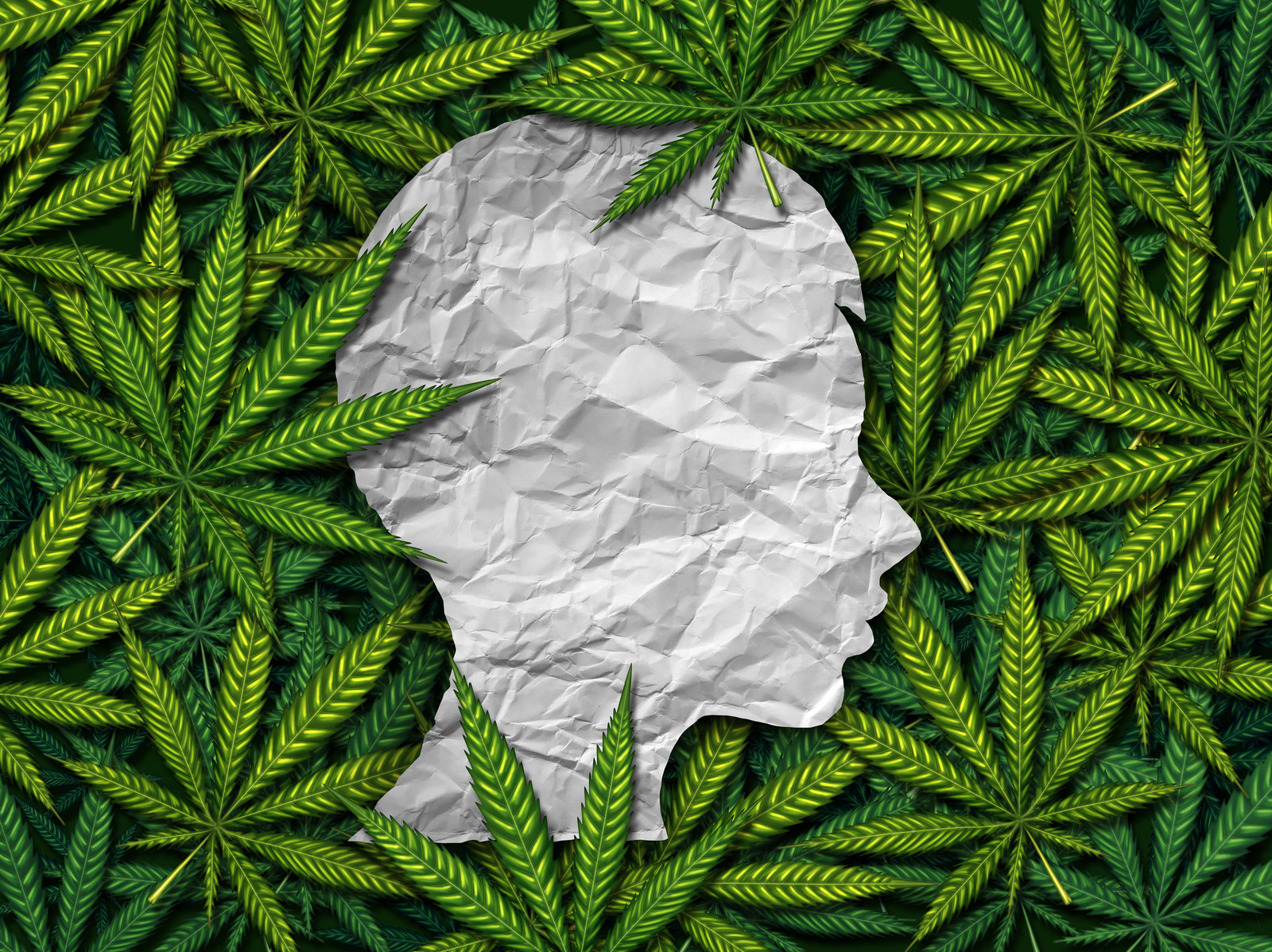As you may know I present at conferences regularly on opioids and marijuana and their implications in the workplace. One of the statements I make during these talks applies to the need for research into the evidence of efficacy, dosage, type, etc. of medical marijuana.
If you had asked me 5 years ago, I would have been against the use of marijuana for medical conditions. However, the more I read about medical uses, I am beginning to open my mind to the possibility of medical applications.
I just completed a Medscape educational activity on uses of Medical Cannabinoid for children. What works, for what conditions, what needs more research? Following are some of the findings.
To review and clarify there are two main active compounds within cannabis – tetrahydrocannabinol (THC) and cannabidiol (CBD). THC acts primarily by binding to the cannabinoid receptors, whereas CBD appears to have a more complex mechanism of action. The 2 synthetic cannabinoids approved by the FDA, dronabinol and nabilone, mimic the action of THC. THC is the principal psychoactive component. CBD accounts for up to 40% of the plant’s extract and does not appear to have any intoxicating effects but may have a downregulating effect on disordered thinking and anxiety.
In the literature review performed in this study they found medical marijuana may hold some promise for treating chemotherapy-induced nausea and vomiting (CINV) in children and adolescents. This study was published in the November issue of Pediatrics.
“Evidence for benefit [of medical marijuana] was strongest for chemotherapy-induced nausea and vomiting, with increasing evidence of benefit for epilepsy,” writes Shane Shucheng Wong, MD, and Timothy E. Wilens, MD, both from Massachusetts General Hospital, Boston. However, “[a]t this time, there is insufficient evidence to support use for spasticity, neuropathic pain, posttraumatic stress disorder, and Tourette syndrome.”
Beyond its potential use in CINV and epilepsy, Drs. Wong and Wilens found insufficient evidence to support use of medical cannabinoids to treat other clinical conditions. “Additional larger, prospective, and controlled studies are required to better delineate the medical utility of cannabinoids in different pediatric disorders,” the authors conclude.
At this time, marijuana continues to be a Schedule 1 drug, and until this year there was only one facility producing marijuana for medical research. In August last year, the DEA announced support for additional marijuana cultivation for research, hopefully leading to a more varied and robust supply of marijuana. The DEA states it is committed to working with the FDA and NIDA to increase research.
I do hope this research brings out compounds with medicinal value that do not rely on the THC component for efficacy. At present, there is no hard evidence of efficacy and there are concerns about use of CBD or THC on brain development in children. We need research!





